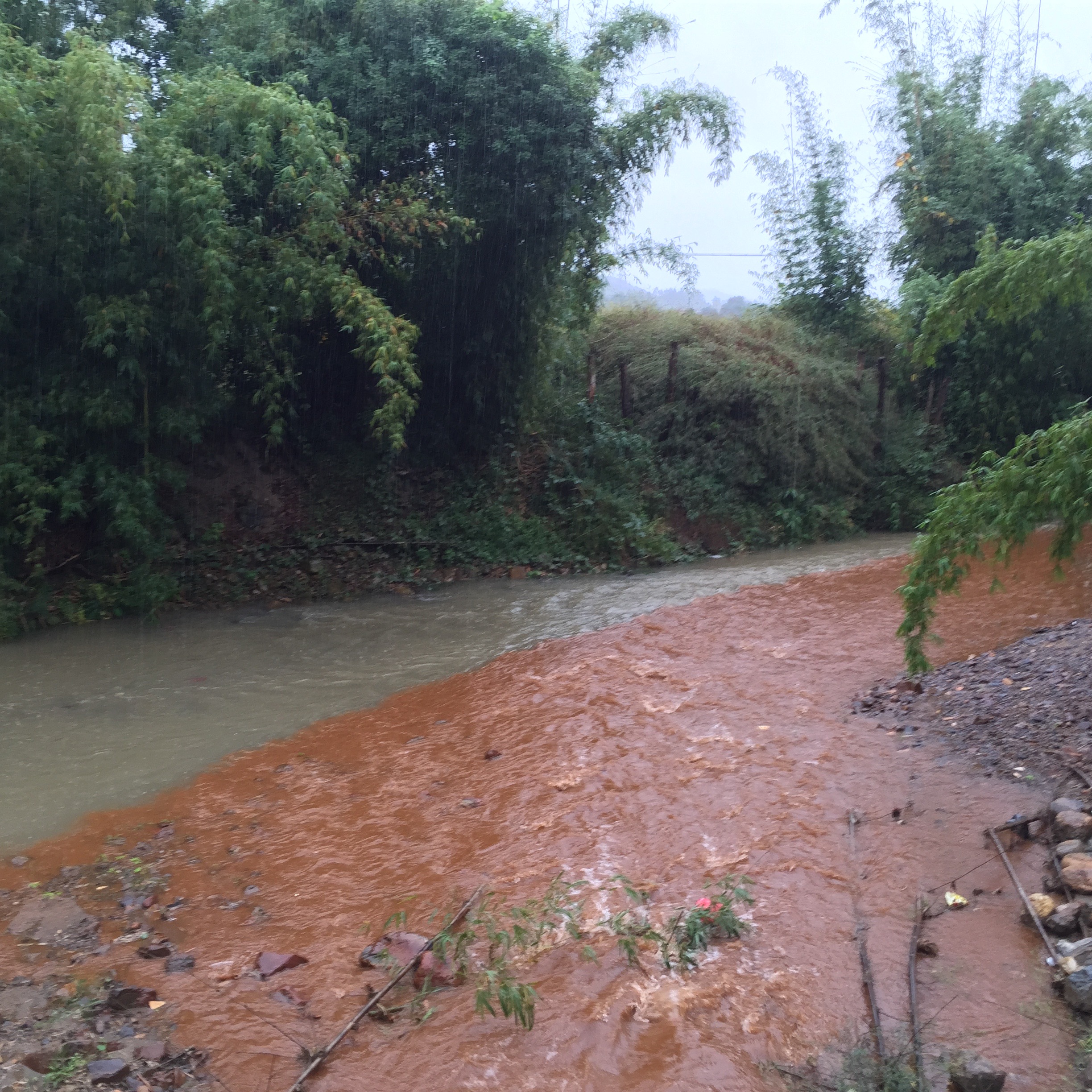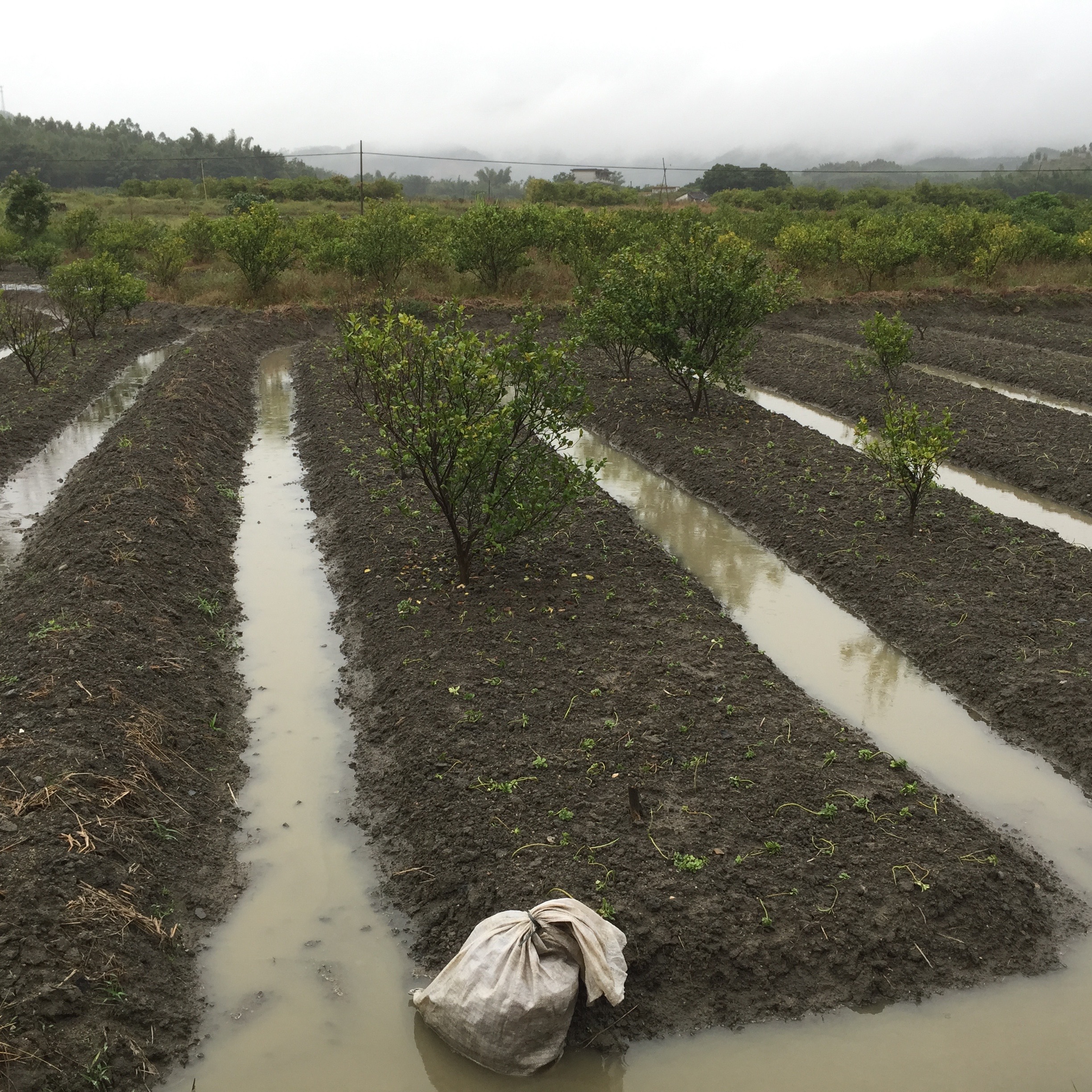Wonderplants: natural superheroes that turn poison into profit
03/04/2018

I first became interested in using plants to clean contaminated land – phytoremediation – during a research council ‘sandpit’, an event where I met other researchers interested dealing with the massive legacy of resource loss including land contamination.
A team of researchers from Cranfield, Birmingham, Edinburgh, Newcastle and Warwick established a team to use plants to collect metal contamination and recover this for use whilst producing energy. These processes are slow and previously not cost-effective as the plants had no further use and thrown away. This previous approach moved pollution rather than solving the problem, which is when we decided that energy recovery and metal extraction would be the next logical step…
That’s where our project – Cleaning Land for Wealth (CL4W) – was born. It is recognised that some plants have a natural property of accumulating metals (like arsenic, lead, tin and copper) from the ground, effectively ‘cleaning’ the soil. But what if we could use them for more than cleaning, and actively grow energy-providing plants? It’s the ideal scenario: they clean the soil, create energy and then we extract metal back from the plant so its value isn’t lost. It would completely revolutionise the economics of cleaning contaminated land.
As part of the project, we applied for funding to engage the wider public in the work as we wanted a new audience to know more about the potential of plants. Using these funds commissioned artists – Michael Burton and Michiko Nitta – to both: create a diagram to explain what actually happens to contaminated land, as well as produce something different that would excite interest in this topic. Promoting the artists’ dream we worked to remove restraints, with the only requirement being to have an element of durability and permanence.
Burton and Nitta started by interviewing everyone involved in the project. They also undertook their own research and, after a while, came back with their idea of ‘Instruments of the Afterlife’: Musical instruments attracting metal to plants, was acted out as performance art as well as supported with an image of the process. Having never commissioned art before, we weren’t sure how this would work. However, we knew we wanted to reach people who wouldn’t read journal papers, or look at a scientific website.
Burton and Nitta suggested the debut of the Instruments of the Afterlife performance could take place at the Sculpture Gallery in the Victoria and Albert Museum, London. Despite our worries that the story – and science – might be misunderstood, it was a great success! It taught me a valuable lesson – that art engages people’s interest in science. Transforming science into science fiction can be an incredibly powerful way to share what might otherwise be impenetrable research. This then encourages interest in the science behind the science fiction.
Of course, there’s a serious reason we want people to enjoy this kind of entertainment. We’re at a point now where parts of our land, all over the world, are contaminated by the industrial processes we’ve invented. For example, when land undergoes mining and extraction, metal is left behind as a pollutant. Industrial processes can result in wastes with contaminating liquids or powders; the manufacture of metal parts produces large amounts of dust and the production of electrical components uses acids and chemicals that are then disposed of.
You might wonder what the impact of this kind of pollution is. It can be quite dramatic. On one visit to China, I witnessed water produced by mining, which was contaminated with arsenic, being used to irrigate rice crops. Sometimes, when companies collapse, they ignore or bypass regulations, with disastrous consequences for our environment and our health.


That’s why we need to be much more aware of how to counter the problems we’re creating. Our research is helping to identify crops that are particularly good at certain things, whether that is extracting metal or destroying chemicals found in explosives. And of course, the real beauty of this process is the economic benefit – because once the plant is planted, you’re not paying for it any more.
Categories & Tags:
Leave a comment on this post:
You might also like…
Automotive Engineering: From student to hypercar innovation at Rimac
We sat down with recent graduate Thomas Perrin, to discuss how his year on the MSc in Automotive Engineering at Cranfield University propelled him from the lecture hall directly into the ...
What this year at Cranfield really meant to me
Every Cranfield journey is unique. In this alumni reflection, Zachea Scicluna shares what her year at Cranfield truly meant, from facing uncertainty to gaining hands-on experience in industry-backed projects. I’ve been reflecting (and delaying) ...
Preparing for assignments and exams?
Sorry! We know it seems a bit mean to mention the exams in January rather than looking forward to the break before it! However, we know many of you will be thinking about your forthcoming ...
Screening for FTSE 100 companies on Bloomberg
So you’re researching an index and need some data on its constituent companies? Bloomberg’s Equity Screening tool makes light work of this, not just for the FTSE, but for indices, exchanges and sectors worldwide. Type EQS ...
Accelerating my future: How Cranfield put me on the fast track to automotive safety innovation
Hello! I’m Michaela Kaiser, and I’m thrilled to share my journey studying abroad. I’m from Calgary, Canada, and I recently graduated from Cranfield’s MSc Automotive Engineering course. My path to Cranfield ...
From Myanmar to Cranfield: My path to Renewable Energy
As someone who is passionate about sustainability, my career goal is to build a path in the renewable energy sector. My aspirations comes from the benefits of developing sustainable energy sources and ensuring energy ...






